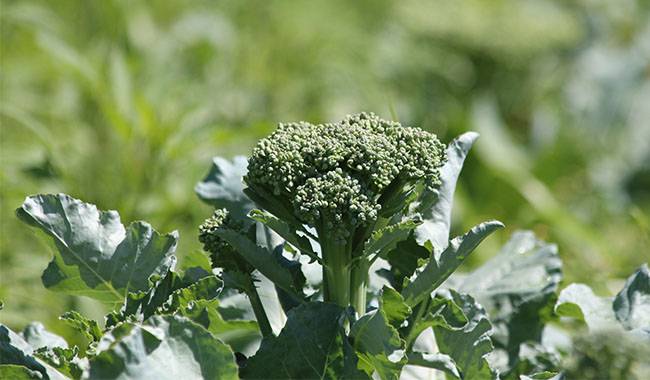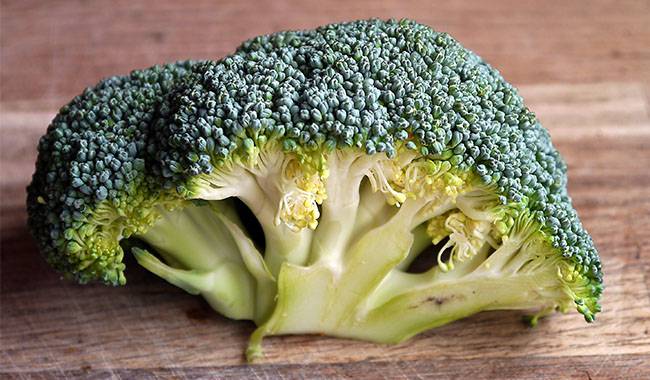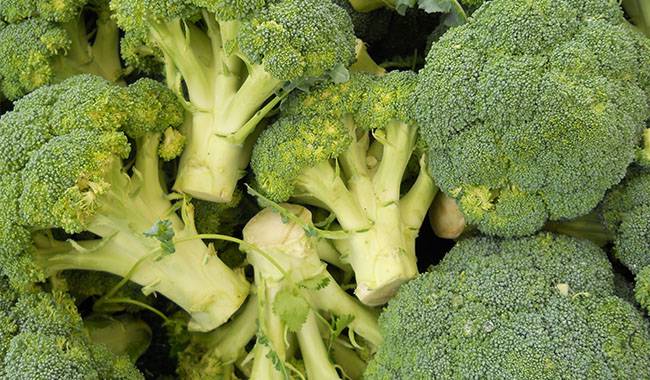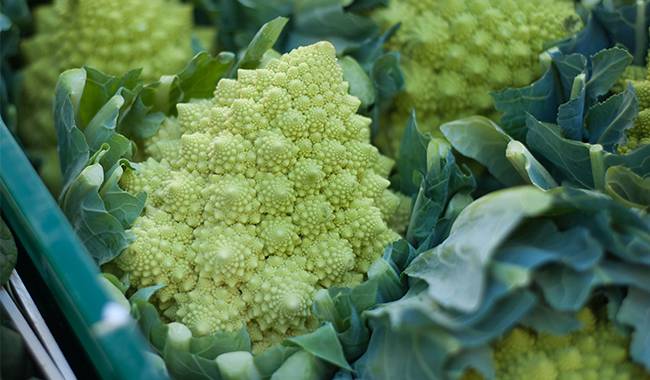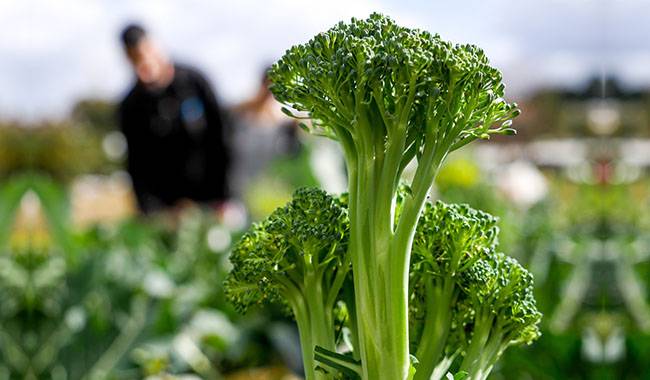
Broccoli is a popular vegetable variety in recent years. Strong growth, slight two crops a year.
Broccoli belongs to herbaceous plants, rich in protein, sugar, fat, vitamins, and carotene, rich in nutrition is known as the king of vegetables.
So it is planted in large quantities by gardeners. In this article, we will learn how to grow broccoli and some precautions.
Recommend you to read “Here are the top 10 health benefits of broccoli“
When growing broccoli, you need to provide fertile and breathable acidic soil, add some fertilizer to the soil, water the plants every 5 to 6 days, and pay attention to drainage measures, and provide sufficient light conditions for the broccoli to ensure photosynthesis and store nutrients for the growth of the plant.
PLANTING SEASON
Broccoli can be planted in both spring and fall, with spring planting usually taking place in mid to late January.
Seedlings can be planted in about 50 to 60 days, and planted in mid to late March.
In the fall, the seedlings can be replanted in the middle of July and again in the middle of August, and again in the middle of October.
Therefore, it is very important to know the month and timing of growing broccoli.
GROWING BROCCOLI
Broccoli needs a lot of fertilizer to replenish the nutrients it needs, and it must be a sufficient fertilizer.
Broccoli needs different amounts of fertilizer at different stages of growth.
To provide the best growing environment for broccoli at each stage of growth, it is important to have a higher yield and better quality of broccoli.
WEED CONTROL
The most important thing in growing broccoli is to deal with the weeds. In the early stage of broccoli growth, fertilization and weeding must be done together, and the soil must be well wetted with water before planting.
In the process of growing broccoli, it is important to improve the aeration of the soil according to the different growing environment and soil jealousy, the soil is soft and aeration is very good to promote the absorption of nutrients.
FERTILIZER APPLICATION
If you want to ensure the expansion of the flower bulbs, make sure that the nutrient needs of the broccoli during the peak growth period can be met with maximum intensity.
Broccoli needs a lot of nutrients to grow stronger. During the peak growth period of broccoli, you should not only ensure the application of fertilizer but also add some micronutrients and spray some foliar fertilizer with proper control.
This can promote the growth of flowers and leaves, and comprehensive nutrition, to ensure that the western bluebonnets can have a good yield and guaranteed quality.
WATER CONTROL
Broccoli in the process of growth for water is also very much in demand because in the process of growth must ensure that the soil is in a long-term moist state.
Especially after the sprouting period, when it enters the flowering period, the need for water will be even greater. If there is a lack of water during the peak of broccoli growth, it will affect the quality and yield of broccoli.
If the water content is too much, it will easily lead to rotting of the rootstock.
PEST PREVENTION
In the process of growing broccoli, it is important to pay attention to the prevention of pests on broccoli.
The prevention of pests will not only ensure the safety and quality of the broccoli, but also the prevention of pests and diseases during the high season.
If the broccoli is harmed by pests, no matter what kind of pests, it is serious harm to the broccoli.
HARVESTING BROCCOLI
The best time to harvest broccoli is when the florets look very big and the buds are not yet open.
If you harvest too late, or if you wait for the buds to open, it will be easy to make the broccoli look bad;
This is helpful for the second harvest. After cutting the first broccoli, the flower buds can grow again on the left or right side.
CARE
Fertilize three weeks after transplanting. Water regularly to provide consistent soil moisture, especially in drought conditions. Some broccoli varieties are heat tolerant, but all need moisture.
Never get hair wet when watering. Roots are shallow and should not be cultivated. Choke out weeds with mulch. Mulching will also help reduce soil temperatures.
PRECAUTIONS
Broccoli can germinate in the soil at temperatures as low as 40°F.
Broccoli needs full sun and moist, fertile, slightly acidic soil. Work in a 2 to 4-inch thick fertilizer or a thin layer of fertilizer before planting.
For spring planting, seed or transplant 2 to 3 weeks prior to last spring’s frost date. If you transplant, assume that the seed packet has less than 10 days of growth or “days to maturity”.
For fall seeding, sow 85 to 100 days before the average first frost. If you live in a warm climate, fall sowing is best because broccoli thrives in cooler weather. Most places plant seeds in mid to late summer.
Plant seeds inches deep, or set transplants slightly deeper than they originally grew.
Arrange plants in consecutive rows, spacing them 12 to 24 inches apart, with each row 36 inches apart.
Space plants 12 to 24 inches apart, depending on the side heads you want to harvest.
If you have supervised, you will need to space seedlings 12 inches apart to provide room for broccoli to grow.




